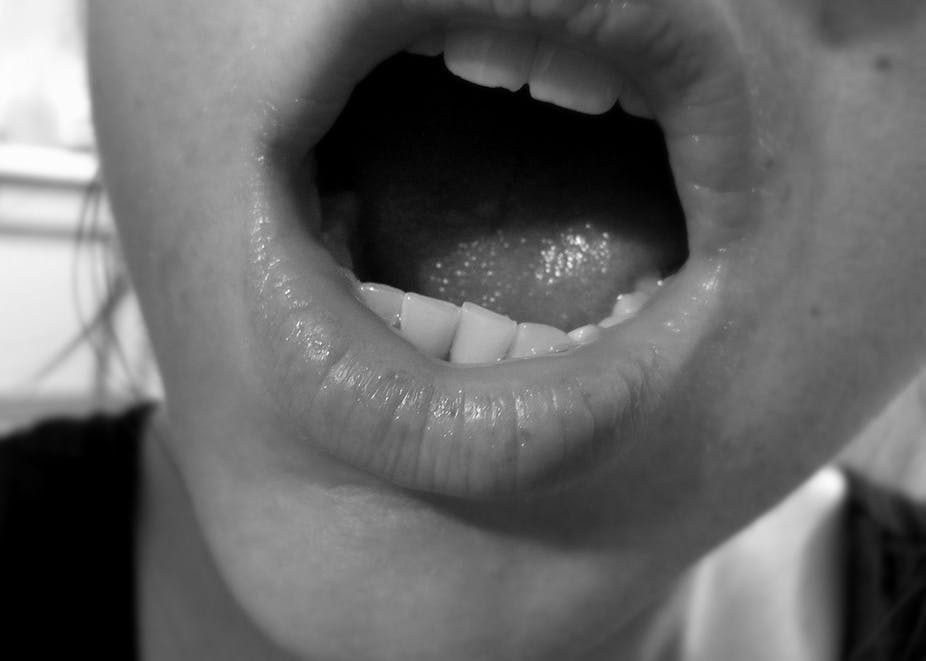It was recently reported that researchers in Japan have grown a tooth in a mouse using stem cell technology and successfully implanted it into the rodent’s jaw to produce a fully functional tooth for chewing. But is this really the dawning of a new dental era?
Certainly dentistry has come a long way: no longer are patients solely reliant on dentures or crowns.
Advances in implant technology now means whole teeth can be replaced with biologically and physiologically functional dental implants.
With the advent of rapidly advancing stem cell research, we may even see the replacement of dental implants with new teeth grown using this technology. Indeed, the recent publication by Japanese researchers documents how researchers have done just that.
The investigators reported how they took cells from developing teeth in embryonic mice, carefully dissected them and then recombined them in tissue culture for three to five days. They then implanted the recreated tooth germ into the capsule surrounding the kidneys.
They were able to control the growth of the tooth germ – both shape and length – before implanting it into the jaw bone.
The bio-engineered tooth had all of the functional components of a natural tooth including enamel, dentin, dental pulp, root cementum, periodontal ligament and surrounding bone.
This is indeed a remarkable achievement as these tissues are derived from distinct components. That the researchers were able to successfully create and assemble six distinct tissues highlights the significance of their work.
While the last five years have seen a number of reports about growing new teeth, this study is significant in terms of the extent to which the engineered tooth resembles a natural tooth and surrounding tissues.
The motivation for all of these studies has been to harness the emerging potential of stem cells, which are considered the “master cells” of the body.
Stem cells
There are two major types of stem cells – embryonic and adult stem cells. Embryonic stem cells, as their name suggests, are derived from embryos and can differentiate into all 220 types of cells that comprise the human body.
Adult stem cells are derived from mature tissues and are responsible for regeneration of damaged tissues.
The distinguishing feature of all stem cells is their capacity for self-renewal and their potential for differentiation.
The significance of stem cells is their potential for use in regenerative medicine and this has led to the emerging field of personalised medicine.
Personalised medicine is when a patient’s own cells are used for treatments of all manner of pathological conditions.
The concept of tissue engineering evolved in this context. Cells are cultured within biocompatible scaffolds within the body and then implanted with the expectation of inducing tissue regeneration.
These ideas formed the basis of the bioengineered tooth.
But, as with any new scientific development, excitement must be tempered by the reality.
Where we are
While this study clearly shows that it’s possible to grow a tooth and implant it into the jaw to create a fully functional tooth replacement, it must be remembered that this is a “proof of concept” study in an animal model.
The authors themselves are at pains to point this out.
This means there’s still a great deal of work to do before growing a replacement tooth becomes a reality for humans.
Issues such as immune compatibility and acceptance of the implanted tooth, control and regulation of the tooth growing process as well as the long-term survival of the implanted tooth still need to be worked out.
Another significant issue to be resolved is the use of embryonic stem cells for human medicine. Whether this can be overcome using adult stem cells remains unknown.
The development of the so-called induced pluripotent stem cells (iPS cells) from adult cells, which allows embryonic-like stem cells to be formed from adult cells, is promising.
It may be possible to create the different types of cells needed to culture a tooth germ using iPS technology. This would overcome the need to use embryonic tooth germ cells.
Clearly, this study shows we now have the technology to build a new tooth but how long it’ll take to become a clinical reality remains unknown.

